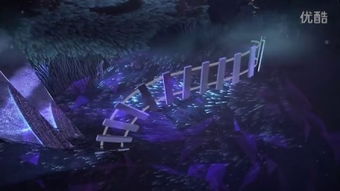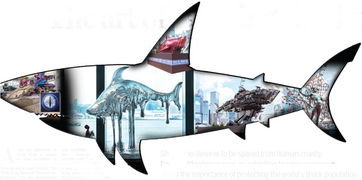As the sun begins to bake the earth and temperatures soar, many anglers may find themselves questioning the effectiveness of their usual fishing techniques. With the heat of summer upon us, it's crucial to adapt your approach to ensure a successful day on the water. Here's a comprehensive guide to mastering angling techniques when the mercury rises.
Understanding the Effects of Heat on Fish Behavior
First and foremost, it's essential to understand how rising temperatures can affect fish behavior. Fish are ectothermic, meaning their body temperature is largely determined by the environment. As water temperatures increase, fish often become less active and move to cooler, deeper waters to escape the heat. This change in behavior can significantly impact your fishing success.
Choosing the Right Time to Fish
One of the most effective strategies for summer fishing is to choose the right time to fish. Early morning and late evening are typically the best times to fish, as these periods offer cooler temperatures and more active fish. During the heat of the day, fish are less likely to bite, so it's best to avoid fishing during these peak hours.
Adjusting Your Lure Selection

In the summer heat, fish are less likely to chase down fast-moving lures. Instead, opt for slower, more subtle presentations. Soft plastics, jigs, and spinnerbaits that mimic injured or slow-moving prey are often more effective during hot weather. Additionally, consider using lighter line and smaller lures to reduce the amount of energy required to catch them.
Deep Water Fishing
As mentioned earlier, fish tend to move to deeper, cooler waters during the heat of the day. Therefore, targeting deeper areas such as drop-offs, ledges, and submerged structures can be highly effective. Using a depth finder to locate these areas and adjusting your fishing technique accordingly can lead to increased success.
Using Live Bait and Artificial Baits Strategically
Live bait can be an excellent choice for summer fishing, as it can attract fish that are less likely to bite artificial lures. However, it's important to keep the bait alive and well-presented. Using a live bait rig that allows the bait to move naturally can be more effective than a static presentation.
For artificial baits, consider using a slower retrieve and presenting the bait in a way that mimics natural prey. Fish are less likely to chase down fast-moving baits during hot weather, so a slower, more deliberate approach can be more effective.
Maintaining a Cool and Calm Attitude
Fishing in the heat can be physically and mentally taxing. It's crucial to maintain a cool and calm attitude to ensure you're at your best. Stay hydrated, wear lightweight, breathable clothing, and take regular breaks to rest and cool down.
Using the Right Tackle and Equipment
In the summer heat, it's important to use the right tackle and equipment to avoid equipment failure. Ensure your line is in good condition and replace it if it's showing signs of wear. Use a lighter rod and reel to reduce fatigue and make casting easier. Additionally, consider using a polarized fishing hat or sunglasses to protect your eyes from the sun and reduce glare on the water.
Adapting Your Technique to the Specific Conditions
Every body of water is unique, and it's important to adapt your technique to the specific conditions you're facing. For example, if you're fishing a river, consider the flow rate and current. If you're fishing a lake, pay attention to the wind and how it affects the water's surface.
Conclusion
Fishing in the summer heat can be challenging, but with the right techniques and mindset, you can still enjoy successful outings. By understanding the effects of heat on fish behavior, choosing the right time to fish, adjusting your lure selection, targeting deeper waters, using live bait and artificial baits strategically, maintaining a cool and calm attitude, using the right tackle and equipment, and adapting your technique to the specific conditions, you can increase your chances of catching fish even in the heat of summer. Happy fishing!












